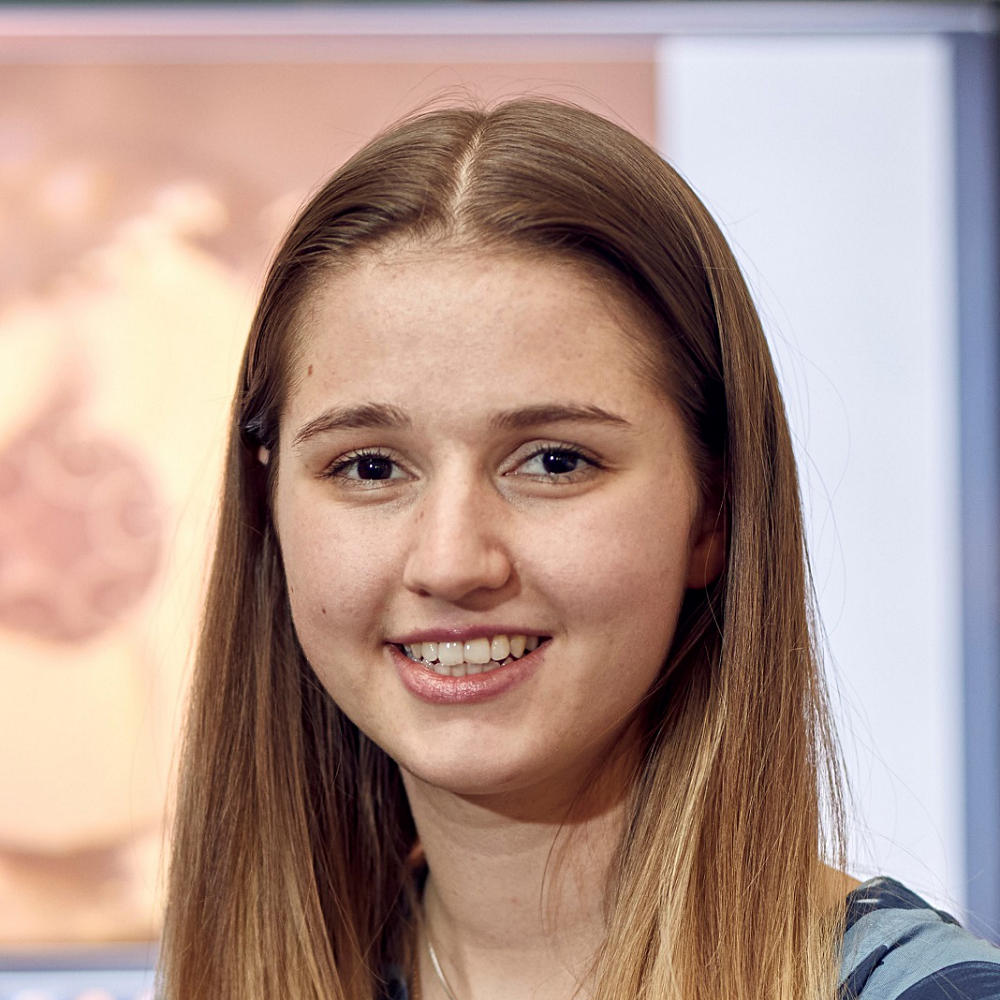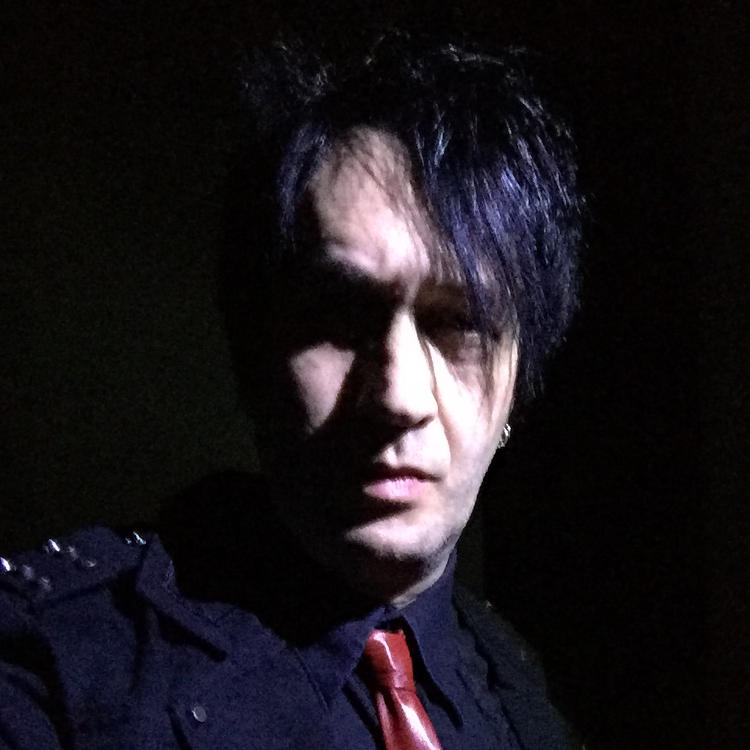Oliver
Lecturer at West Suffolk College in Electronic Music Production, Sound Design and Foley plus freelance producer.
Key qualifications: Bronze swimming certificate. 20 years' professional experience as an electronic music producer, drum programmer, recording artist, sample producer and journalist.
What does your job involve? Teaching electronic music production techniques to young aspiring producers and artists whilst watching their skills develop and improve. Oh, and making all sorts of strange sounds, often electronically.
How did you get into your current role? I have 20 years' experience in the music industry specialising in all forms of electronic music, sampling, drum programming and synthesis. When it was decided to create a specific electronic music production course, I was approached to help plan it and to deliver some of the sessions
What did you want to be when you were younger? Taller
What do you do outside work? I continue to work part time in the music industry, I'm a self-taught silversmith who occasionally tetters into sculpture and I make electronic instruments and noise, lots and lots of noise.













